
In today’s dynamic business landscape, organizations face uncertainties that can affect performance, reputation, financial stability, and long-term success. To handle these uncertainties effectively, companies rely on structured and standardized risk management practices. The ISO 31000 Certification helps risk managers develop the knowledge and skills required to identify, assess, and manage risks in alignment with global best practices. This guide explains what ISO 31000 is, why it is important, and how you can become a certified ISO 31000 Risk Manager.
Learn More: ISO 31000 Model: Framework, Principles & Implementation Steps
What is ISO 31000?
ISO 31000 is an international risk management standard developed by the International Organization for Standardization (ISO). It provides principles, framework, and a step-by-step process for managing risks across any industry or organization size. Unlike other standards, ISO 31000 is not industry-specific. It can be applied to finance, IT, healthcare, construction, government, manufacturing, and more.
The focus of ISO 31000 is to help organizations make informed decisions, build resilience, and achieve strategic goals while minimizing negative impacts and enhancing opportunities.
Why ISO 31000 Certification is Important for Risk Managers
The role of a Risk Manager is becoming more critical as businesses face frequent economic shifts, regulatory pressures, digital threats, and operational challenges. ISO 31000 Certification is important because it:
Validates your professional expertise in global risk management practices.
Demonstrates your ability to develop and implement risk frameworks based on ISO standards.
Enhances your credibility and employability in domestic and international job markets.
Helps you support your organization in building proactive, rather than reactive, decision-making.
Expands your professional growth opportunities in leadership, consulting, auditing, and compliance roles.
Certified professionals are seen as strategic contributors who help organizations manage risks confidently and sustainably.
Benefits of ISO 31000 Certification
Strong understanding of structured risk assessment techniques
Ability to align risk strategy with organizational goals
Improved decision-making under uncertainty
Practical skills to implement risk controls and evaluate their effectiveness
Enhanced leadership and communication skills when dealing with stakeholders
Key Components of the ISO 31000 Framework
The ISO 31000 framework is built on three essential elements:
Principles – The guiding values such as integration, customization, continual improvement, and human and cultural factors.
Framework – How risk management is structured within the organization, supported by leadership and integrated into business processes.
Process – The practical steps including risk identification, analysis, evaluation, treatment, monitoring, and review.
How to Earn the ISO 31000 Certification
Becoming an ISO 31000 Certified Risk Manager involves the following steps:
Choose an Accredited Training Provider
Select a training course approved by recognized certification bodies.Attend ISO 31000 Training
Training typically covers principles, framework, implementation methods, and case studies.Gain Practical Knowledge
Apply learning to real organizational environments or simulated projects.Pass the Certification Exam
Complete a written or online assessment based on the ISO 31000 standard.Maintain & Update Your Certification
Stay informed on new updates, risk trends, and professional development requirements.
Who Should Pursue This Certification?
Risk Managers and Analysts
Compliance & Governance Professionals
Project Managers
Quality Assurance and Internal Auditors
Business Continuity and Crisis Managers
Conclusion
The ISO 31000 Certification strengthens a risk manager’s ability to guide an organization through uncertainty with confidence. It not only boosts professional recognition but also ensures strategic, well-informed, and responsible decision-making. For organizations and professionals aiming to stay resilient and competitive, mastering ISO 31000 is a valuable and future-focused investment.

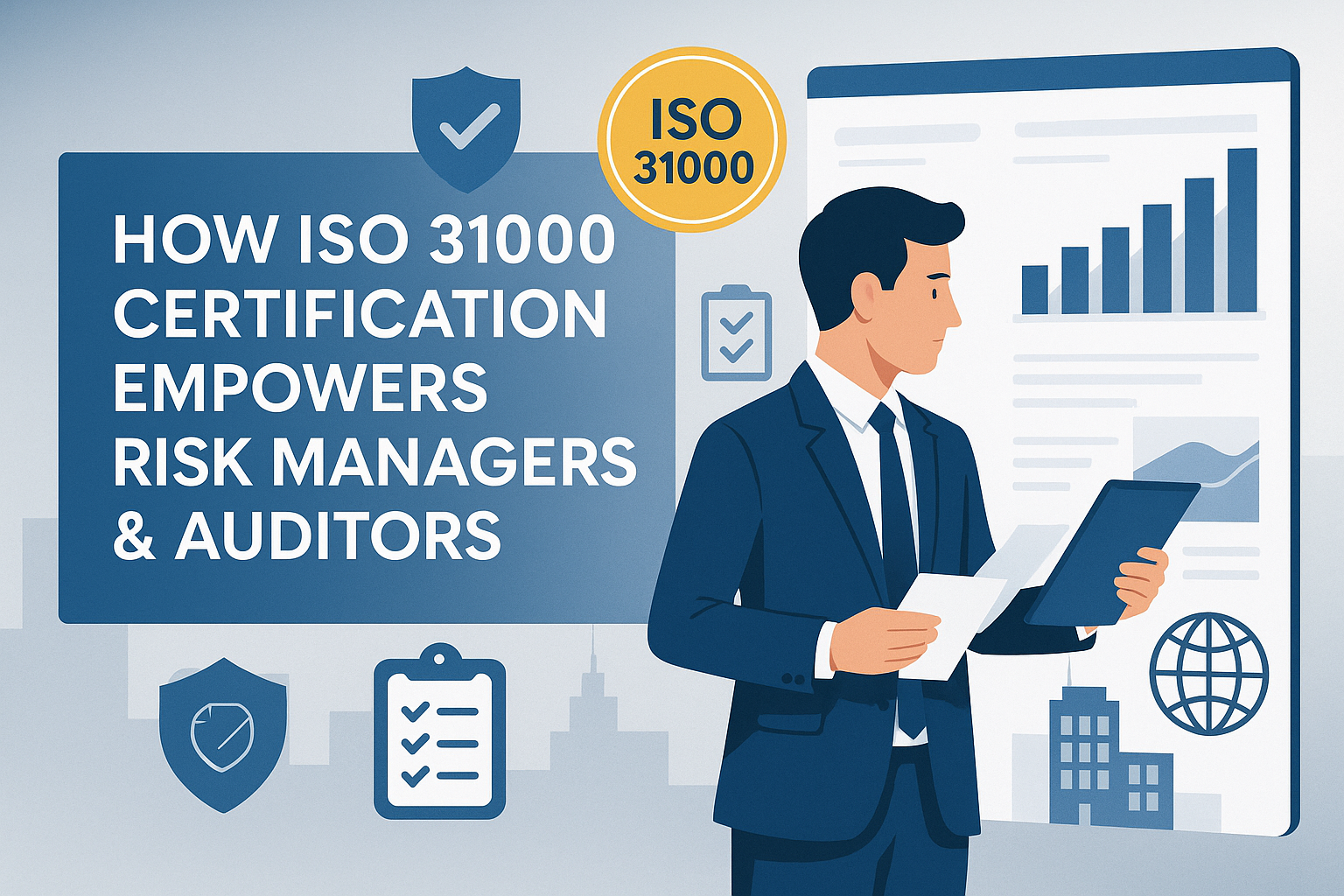
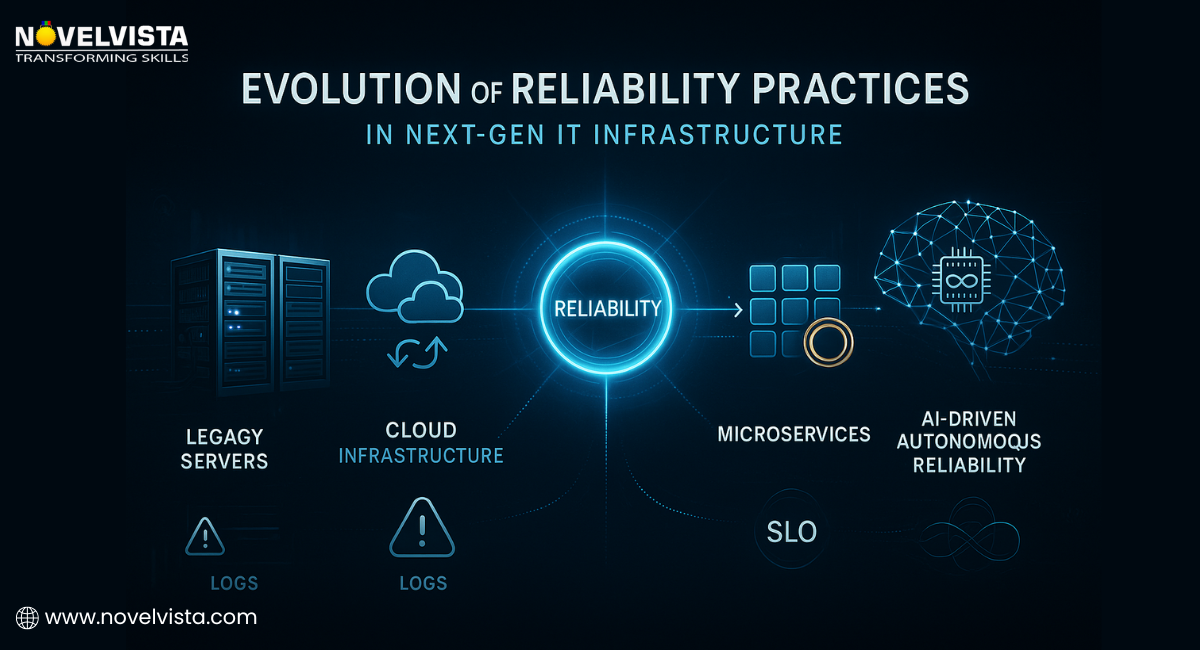
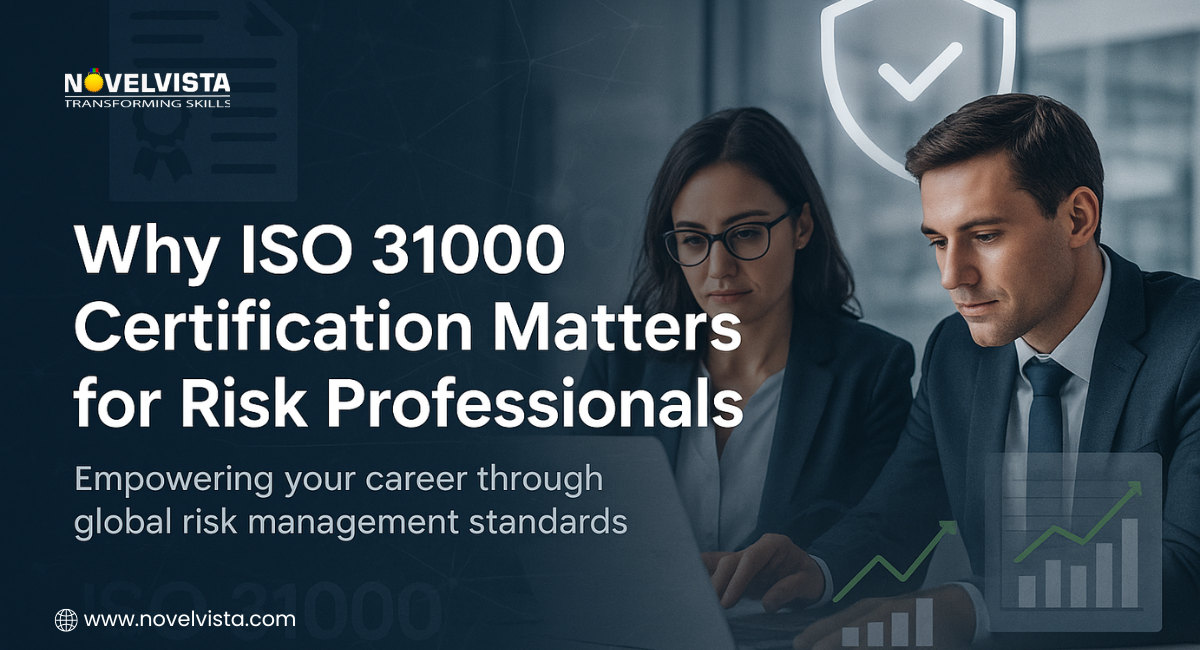


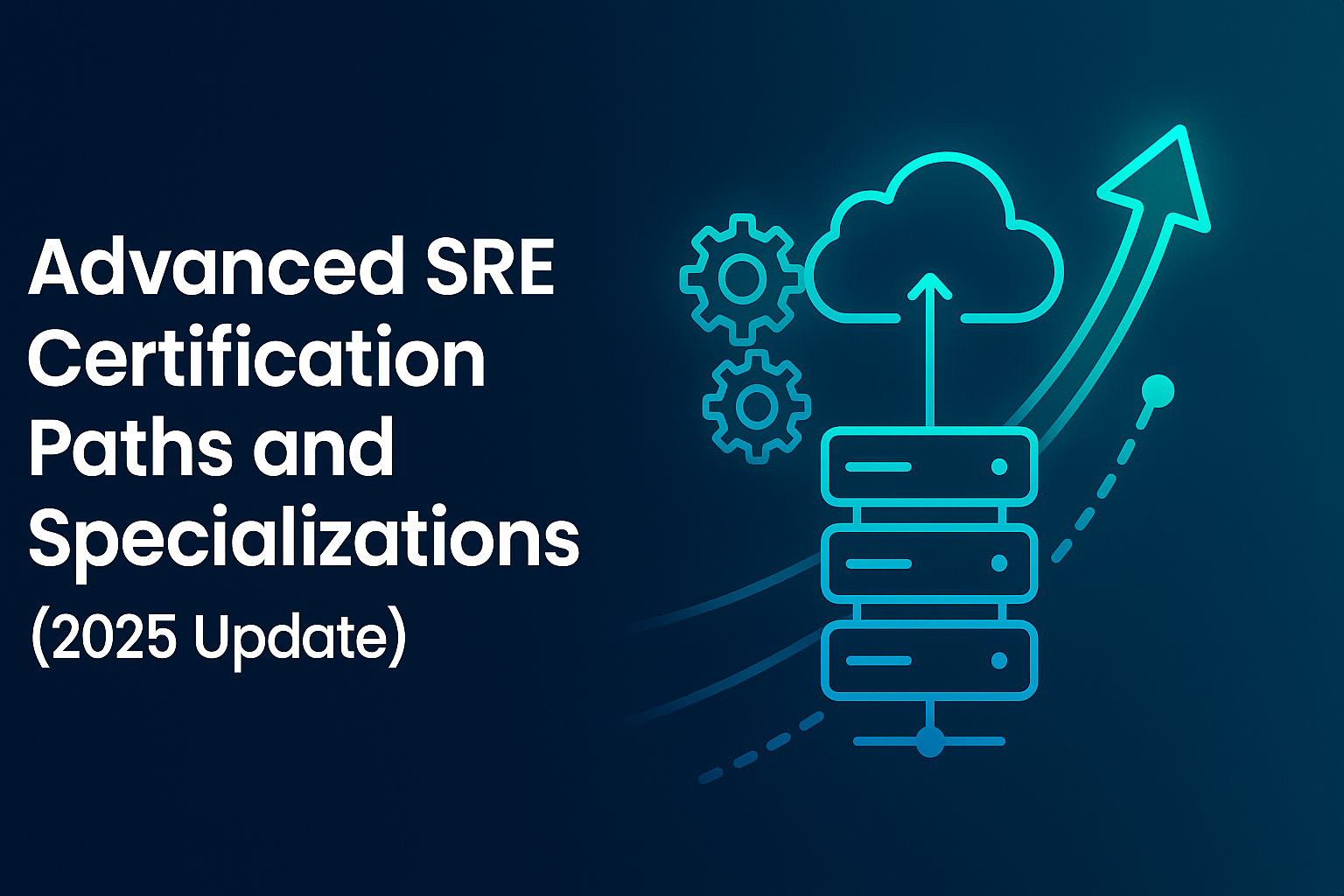
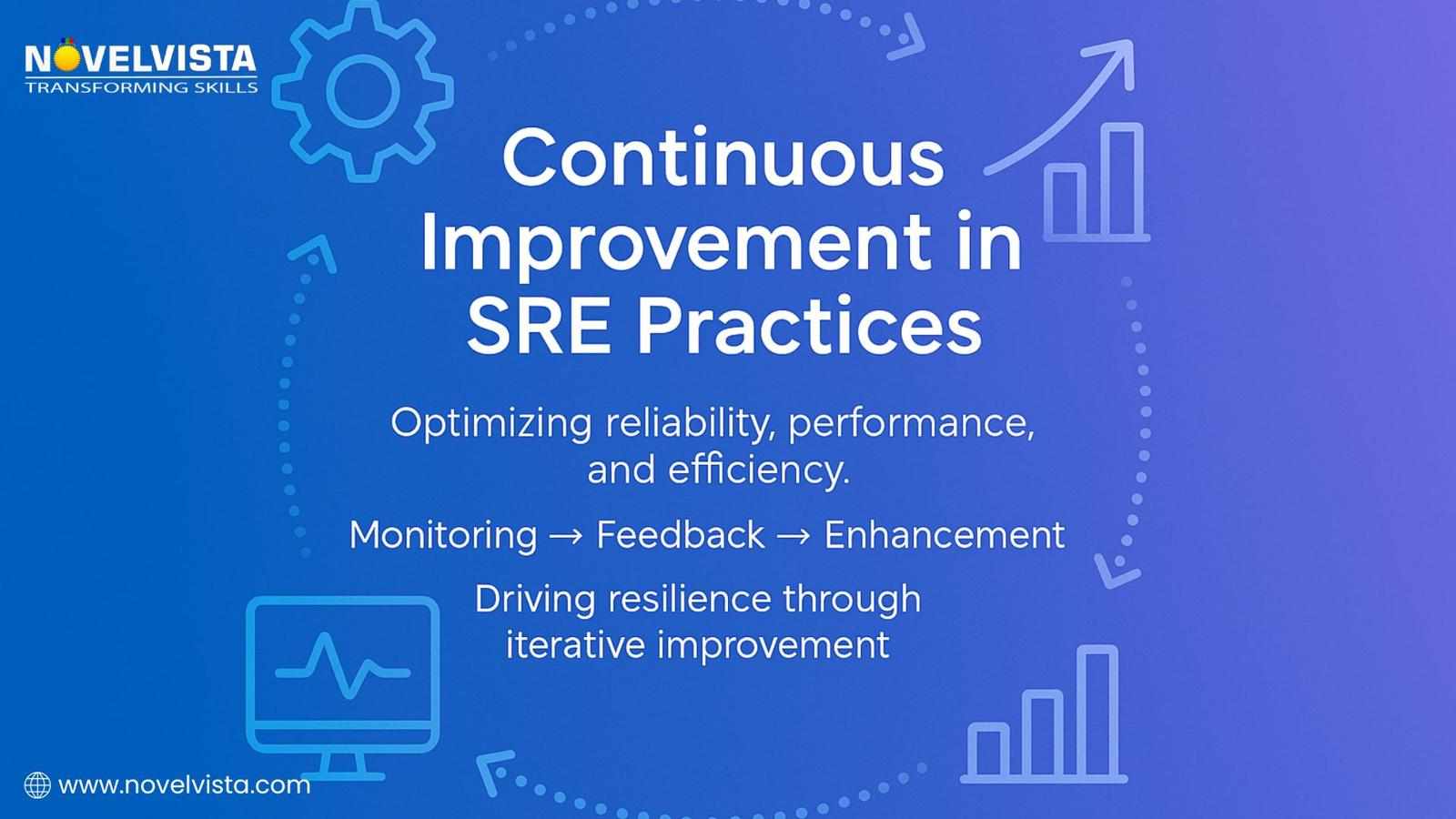
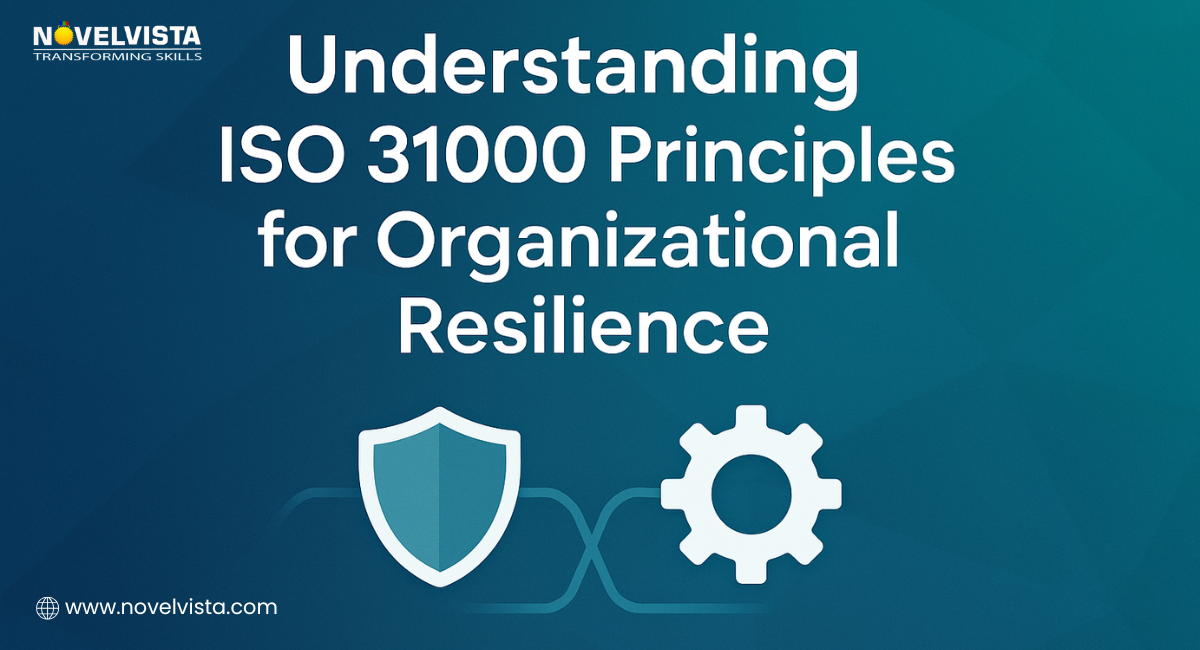

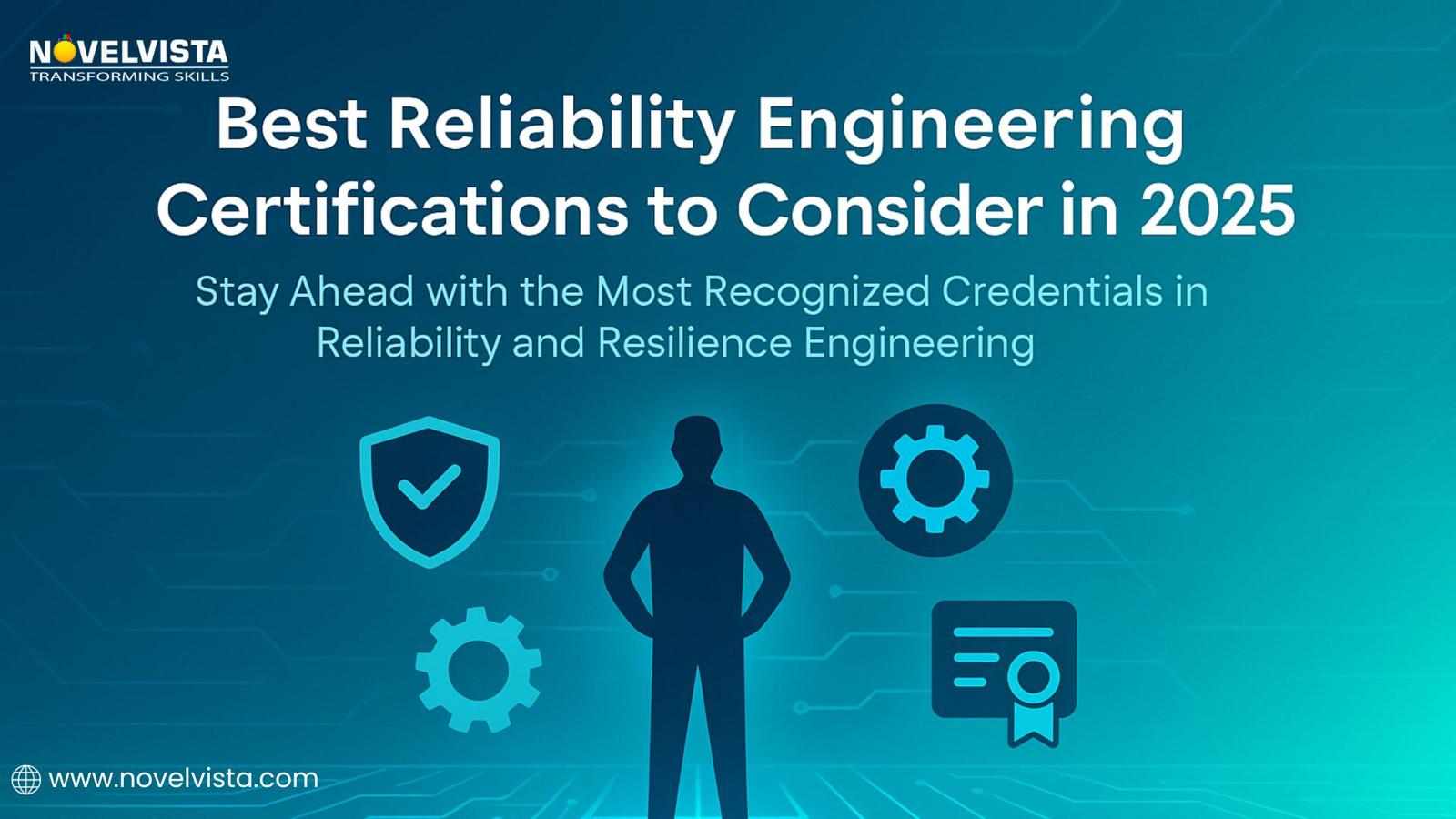
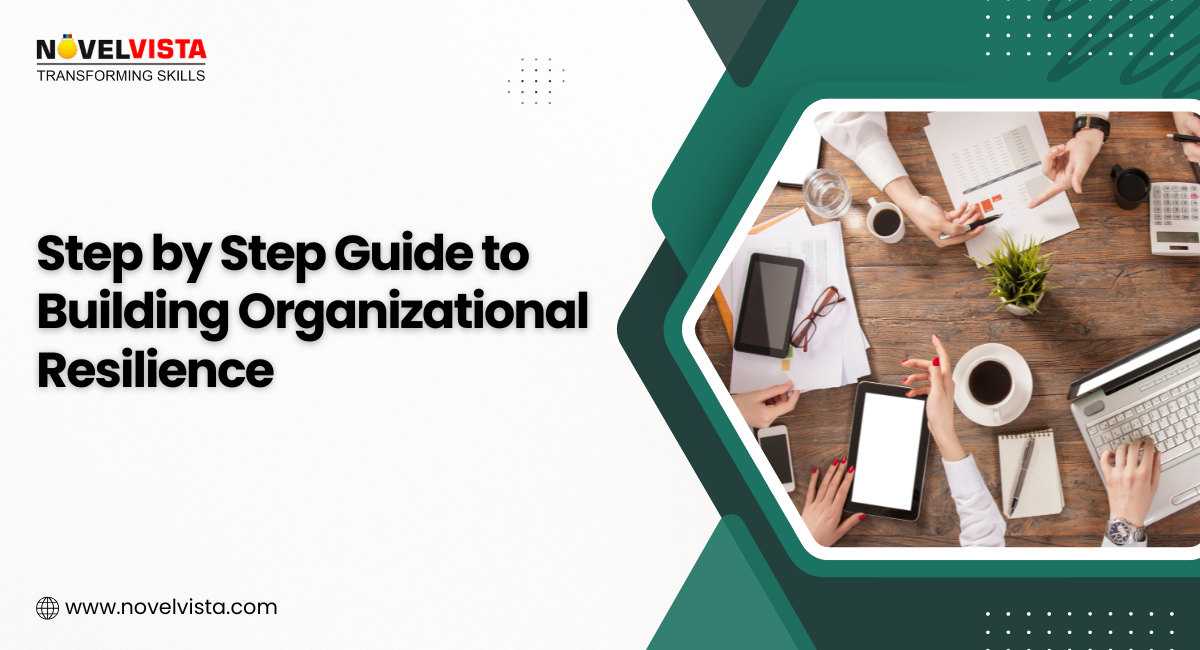
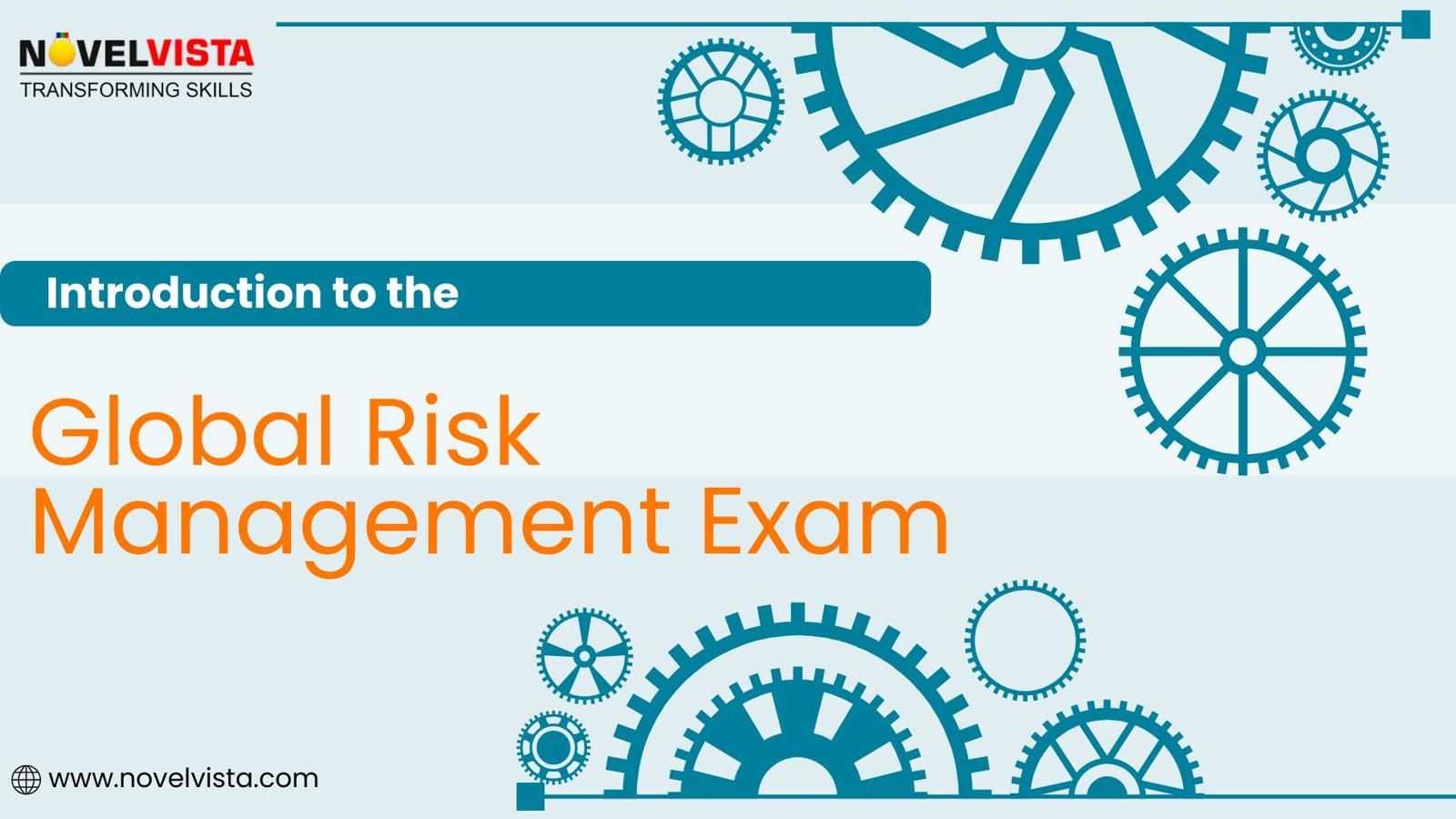


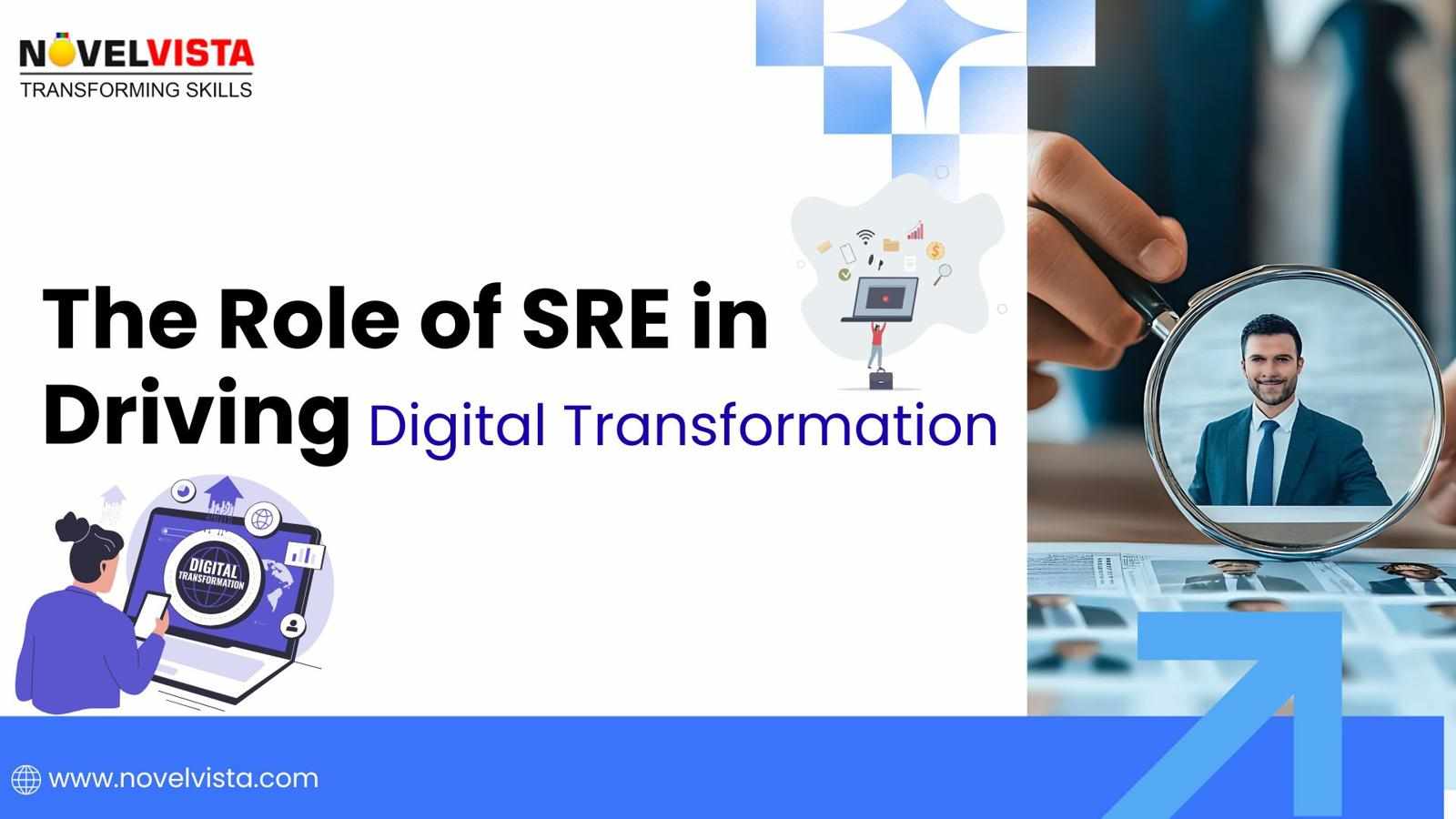
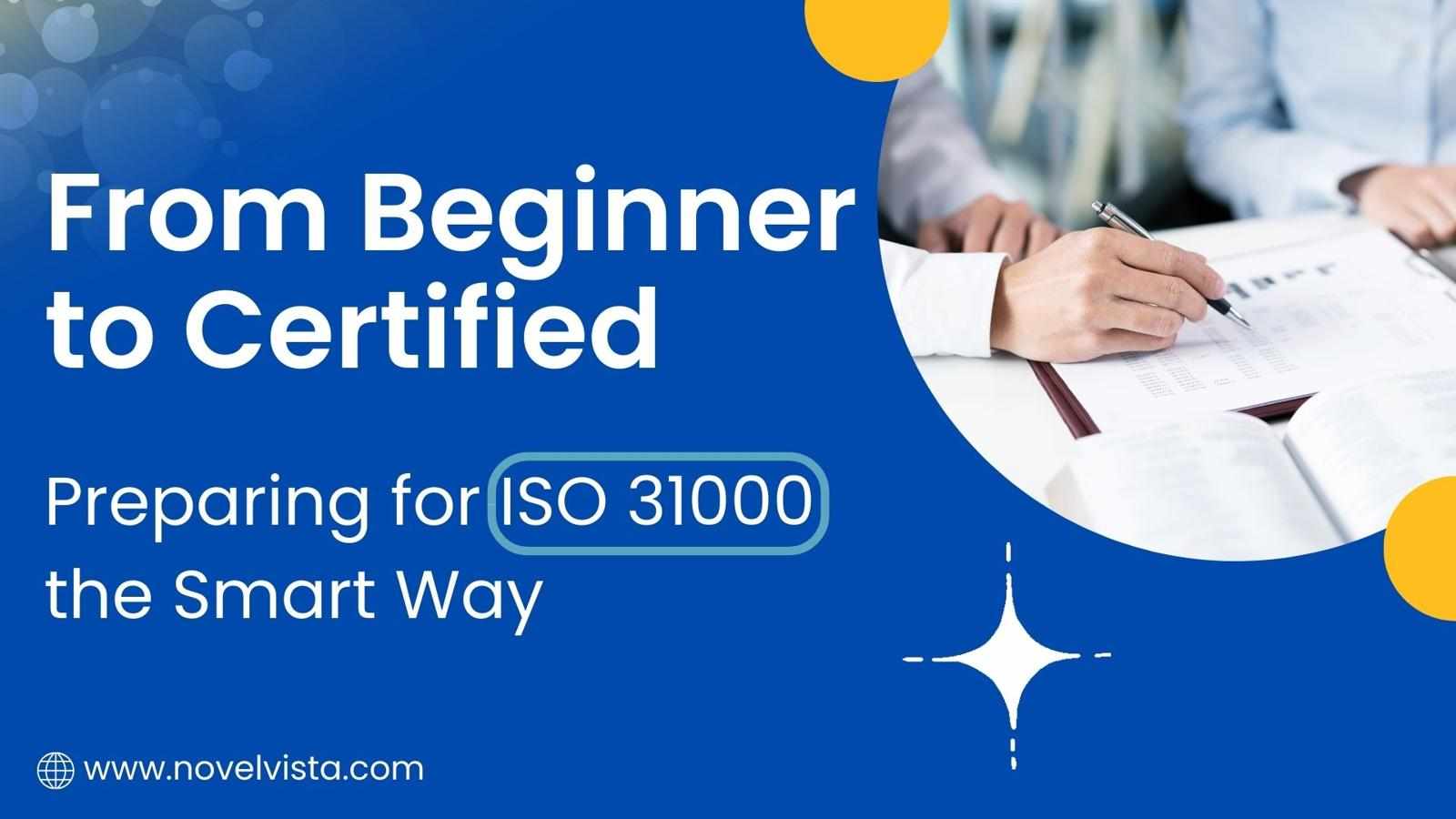
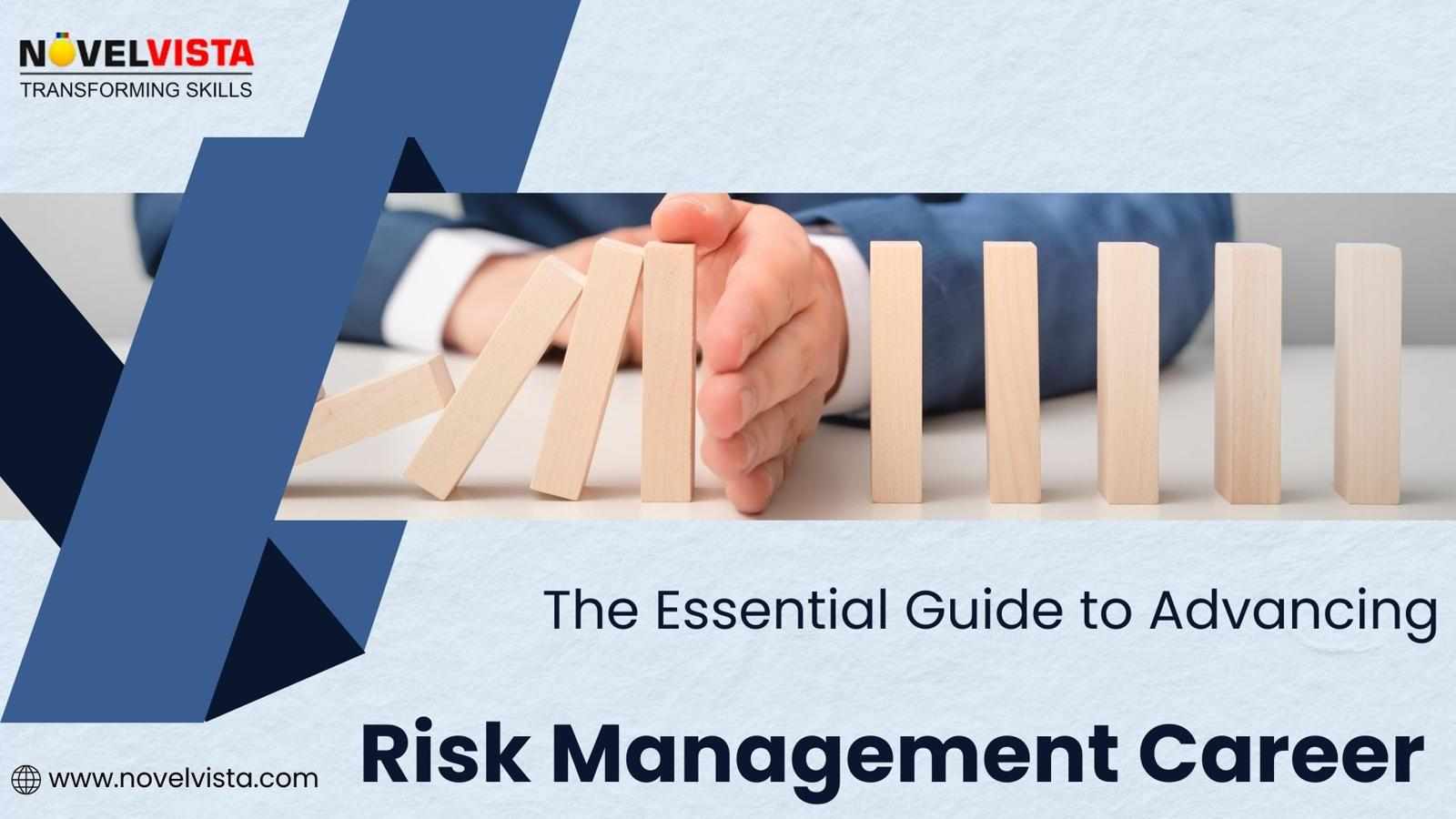
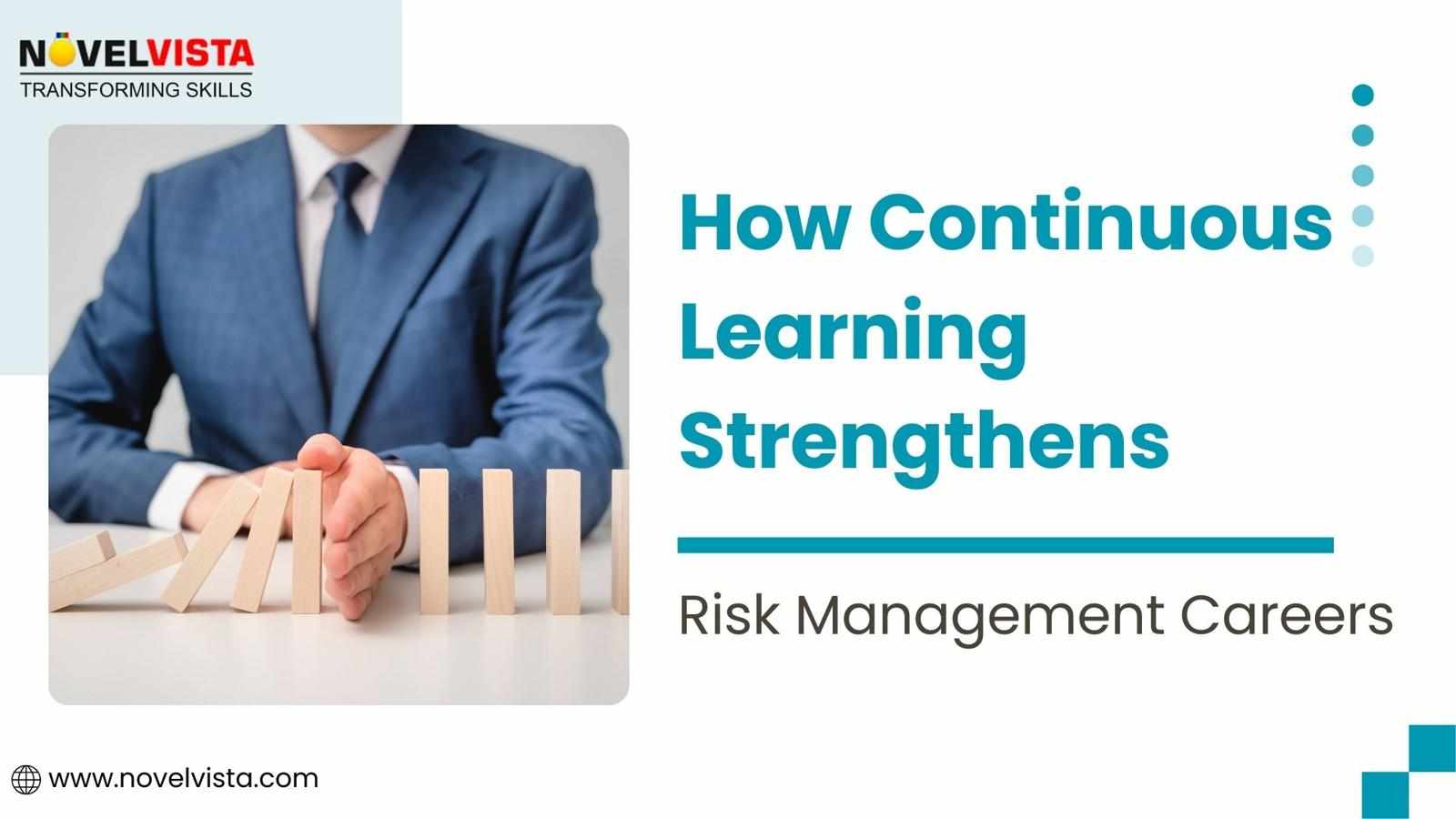
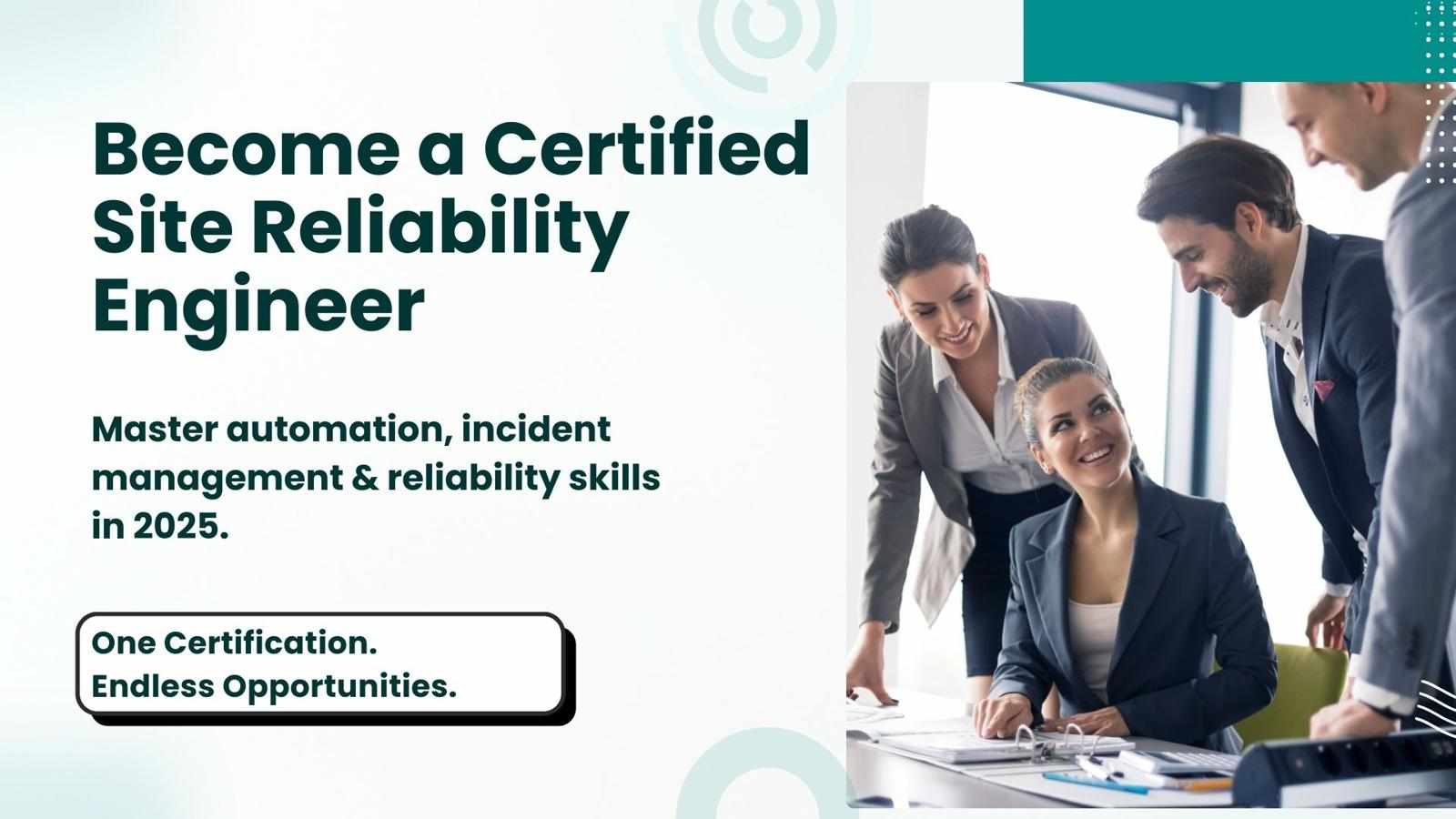
Write a comment ...